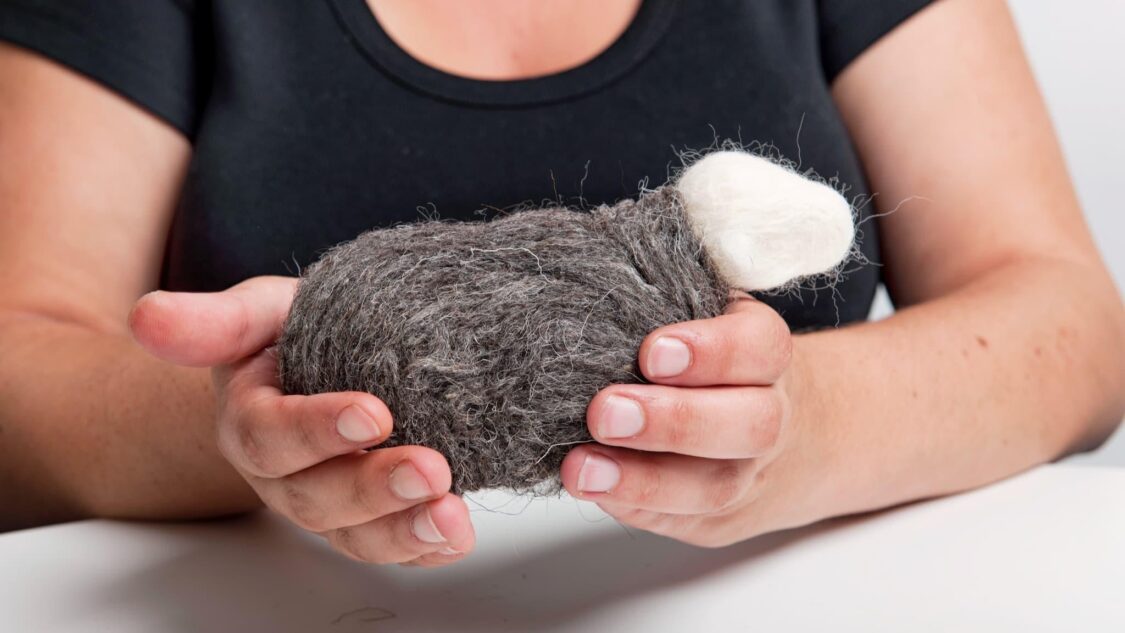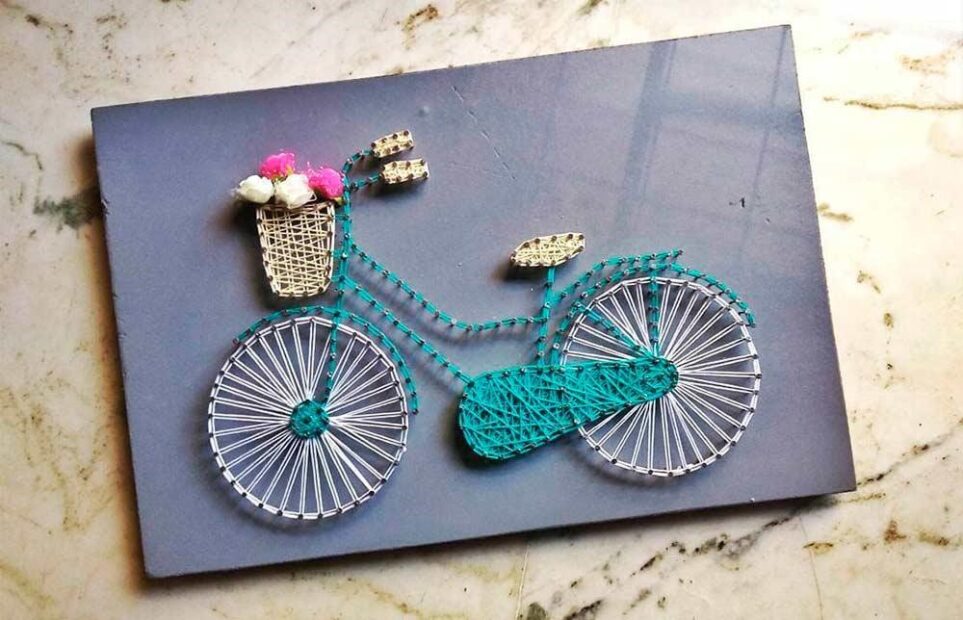There are no limits to human imagination. Modern masters are actively replenishing their creative arsenal not only with popular types of needlework, but also no less interesting techniques. Among them are both forgotten and new ones that allow creating unusual things. Everyone can master them. After all, it is possible to create masterpieces with any tool.
Interesting Techniques of Needlework
A rather interesting and unusual technique of needlework is to create masterpieces with an iron. The prototype of this technique dates back to antiquity. With its help, famous Fayum portraits were created, as well as many icons of the early Middle Ages.
This involves drawing on cardboard with colored wax crayons using a preheated iron. The wax melts and is distributed on the surface in circular or wavy motions, resulting in bright, interesting patterns. This technique is best suited for creating abstract paintings, but having achieved some skill, you can paint plot paintings using an iron.
With the help of an iron, you can also do a painting from the folds of the fabric. This is an unusual technique with an illustration of the fact that the folds on the fabric are not a disadvantage but quite an interesting artistic move.
Quite an interesting material for needlework is ordinary coffee, the beans of which, as it turns out, can be used not only for making drinks. A coffee grinder is an original form of creativity and a real find for coffee connoisseurs. For work, it is enough to prepare a solution from water and coffee and gently apply the pattern on the canvas using a brush. With this technique, you can create fragrant coffee paintings in a warm minimalist style. Instead of coffee, you can also try experiments with other bulk substances.
5 Original Types of Needlework You Should Pay Attention to
Today the below types of needlework are considered unusual. Try to take the time to read the material carefully.
String Art
This is the art of creating three-dimensional paintings and panels with nails and threads. It was invented almost four centuries ago. The masters stretched the threads in a certain sequence on the nails hammered into the boards and obtained decorative panels, which were then used to decorate the walls of houses.
Wood, plywood, or polyfoam are most often used for the base. It is desirable to take small nails with a wide hat. Any threads will suit (acrylic, cotton, knitting, etc.). The base can be painted. The scheme of the future image is upholstered along the contour with nails. Then threads of different colors are stretched on them, creating the pattern itself.
Diamond Embroidery
The finished template for diamond embroidery is a drawing scheme. Shiny stones are spread on it with special tweezers, fixed with glue. The finished mosaic is quite strong and rigid, so it is not suitable for finishing clothes. It is used to decorate boxes, napkins, vases. To prevent the product from losing its attractive appearance for as long as possible, the surface is covered with varnish.
Encaustics
The complex name hides a very simple and affordable technique that requires almost no consumables. But it will definitely impress both adults and children. In fact, it is drawing with wax chalk. You will need a sheet of white cardboard, multicolored wax chalk that melts easily on the soleplate of heated iron and leaves bright and juicy prints on paper. The drawings created in this technique do not lose their original freshness for a long time.
Felting

This involves felting natural wool. Nowadays, there are dry and wet types of felting. With the help of the first three-dimensional figures are made, and with the help of the second – flat products. Craftswomen, who create original toys, are most fond of felting.
Ganutel
Traditionally, exotic flowers are made in the ganutel technique, which can then be decorated with lace, ribbons, etc. The work begins with the fact that the thin wire is tightly wound on a needle. Then the wound spiral is removed from the tool and given the shape of a petal. The color thread is consistently wound on each link of the received petals.
As you can see, there are many interesting techniques and unique types of needlework in general. Choose the one you like the most and start creating masterpieces!
